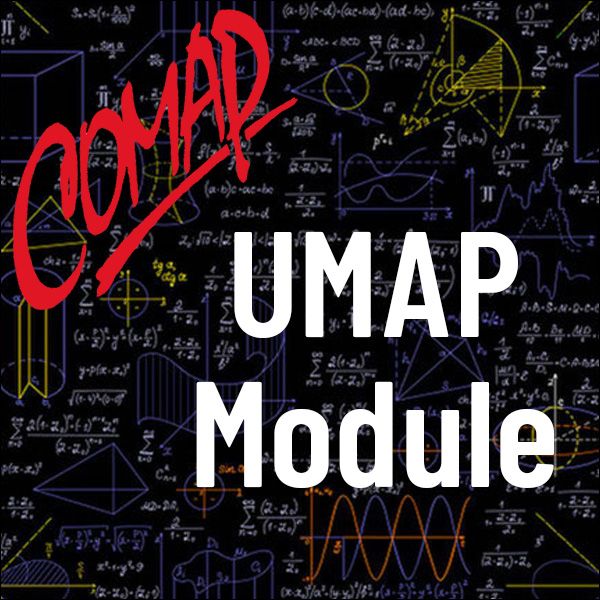Modeling Jury Verdicts (UMAP)
Author: Bernard Grofman
The expected distribution of jury verdicts in a jury of size N, requiring K of N votes to convict, can be modeled by combining statistical sampling theory with a matrix model of the social psychology of the jury deliberation process. The implications of variation in N and K/N will be explored in terms of a one-parameter model of the sample process and various social decision schema for jury deliberations which have been found to provide good fit to data drawn from mock jury experiments. Students learn to model expected difference in jury verdcts for juries of different sizes/verdict requirements.
Table of Contents:
1. INTRODUCTION
2. MODELING JURY VERDICTS: A ONE-PARMETER MODEL WITH NO DELIBERATION EFFECTS
3. MODELING JURY VERDICTS: SOCIAL DECISION SCHEMES
4. PREDICTING AGGREGATE VERDICT OUTCOMES
5. CONCLUSIONS
6. REFERENCES
7. FOOTNOTES
8. ANSWER KEY TO SELECTED EXERCISES

Mathematics Topics:
Application Areas:
Prerequisites:
You must have a Full Membership to download this resource.
If you're already a member, login here.